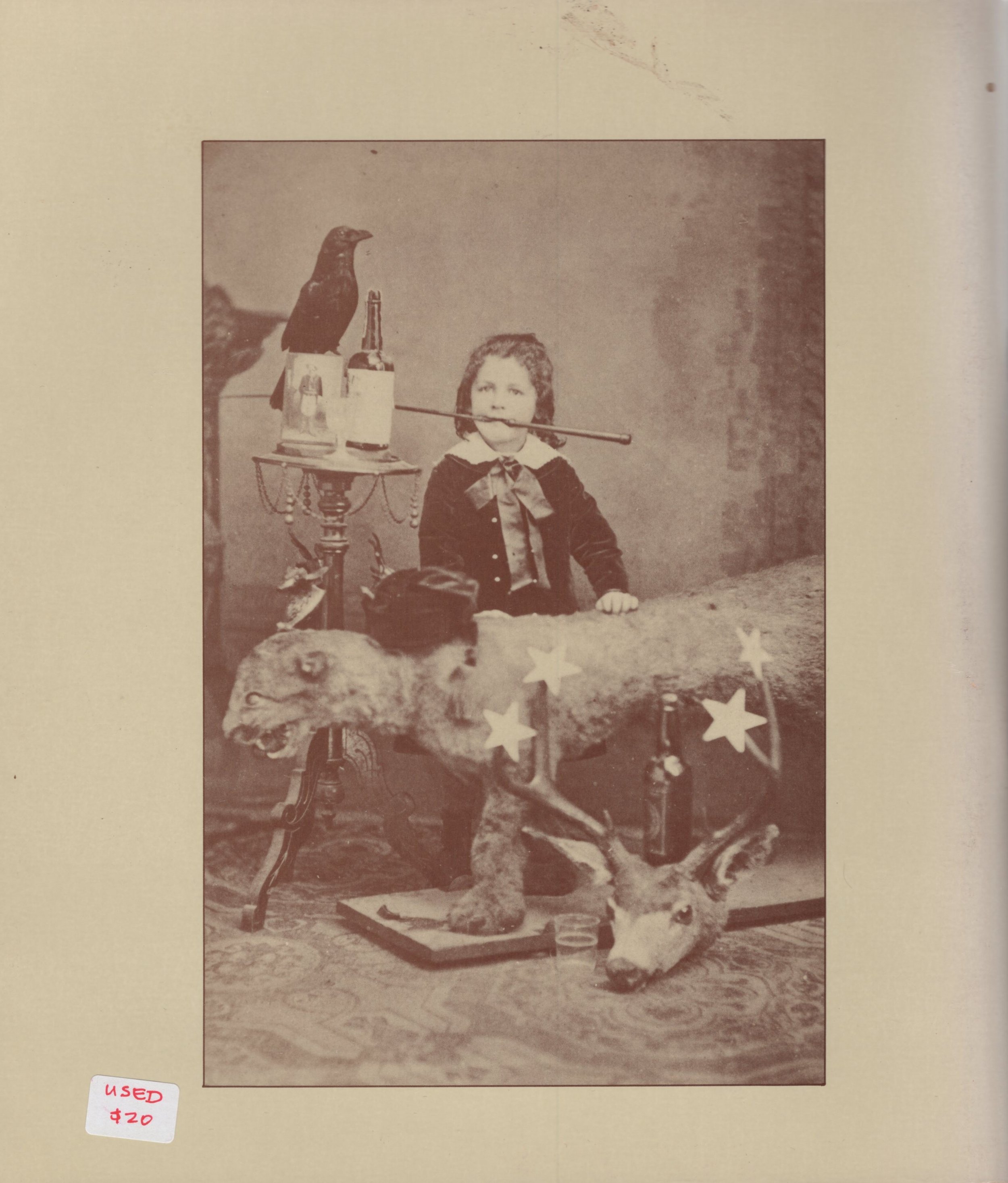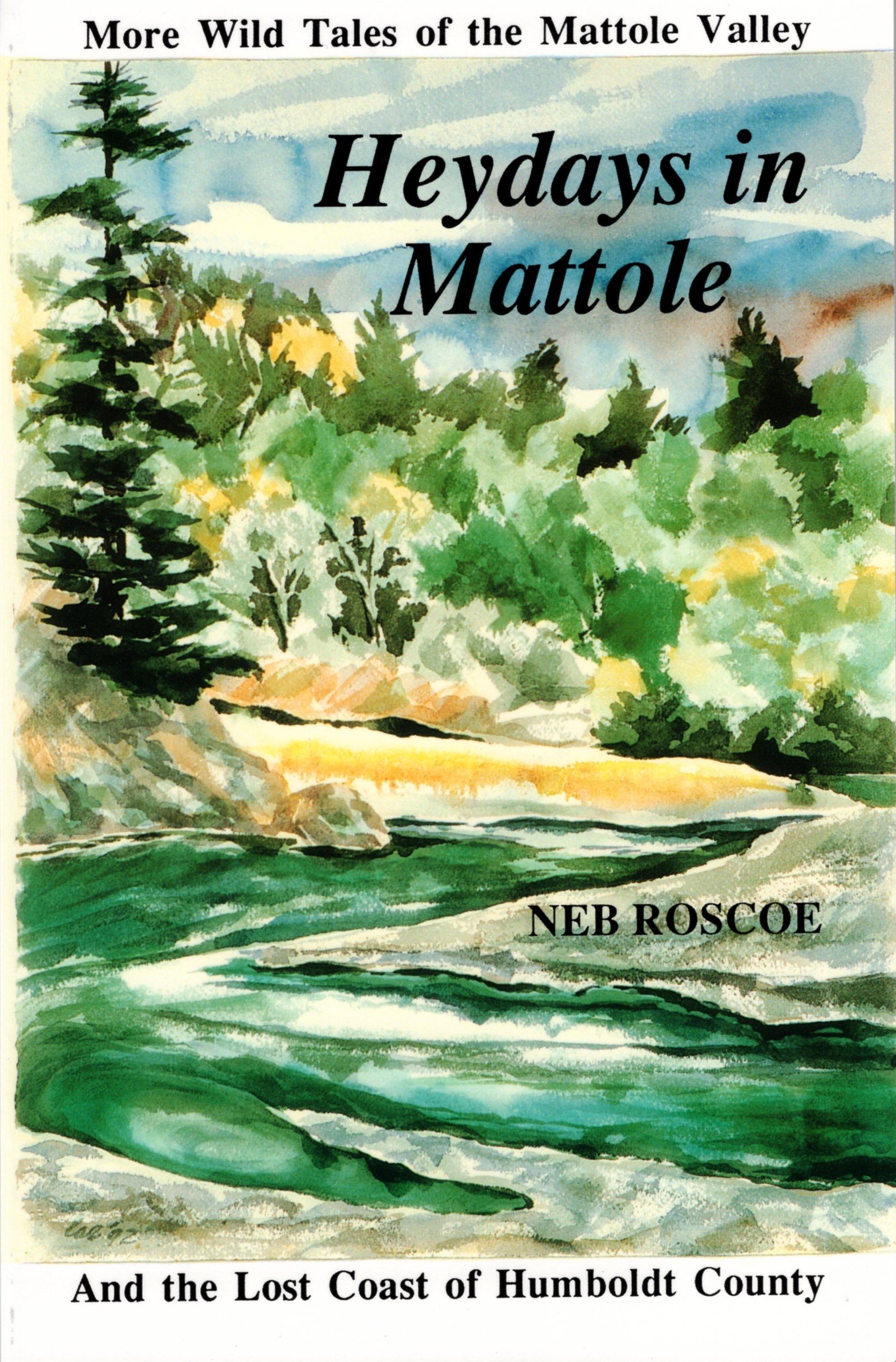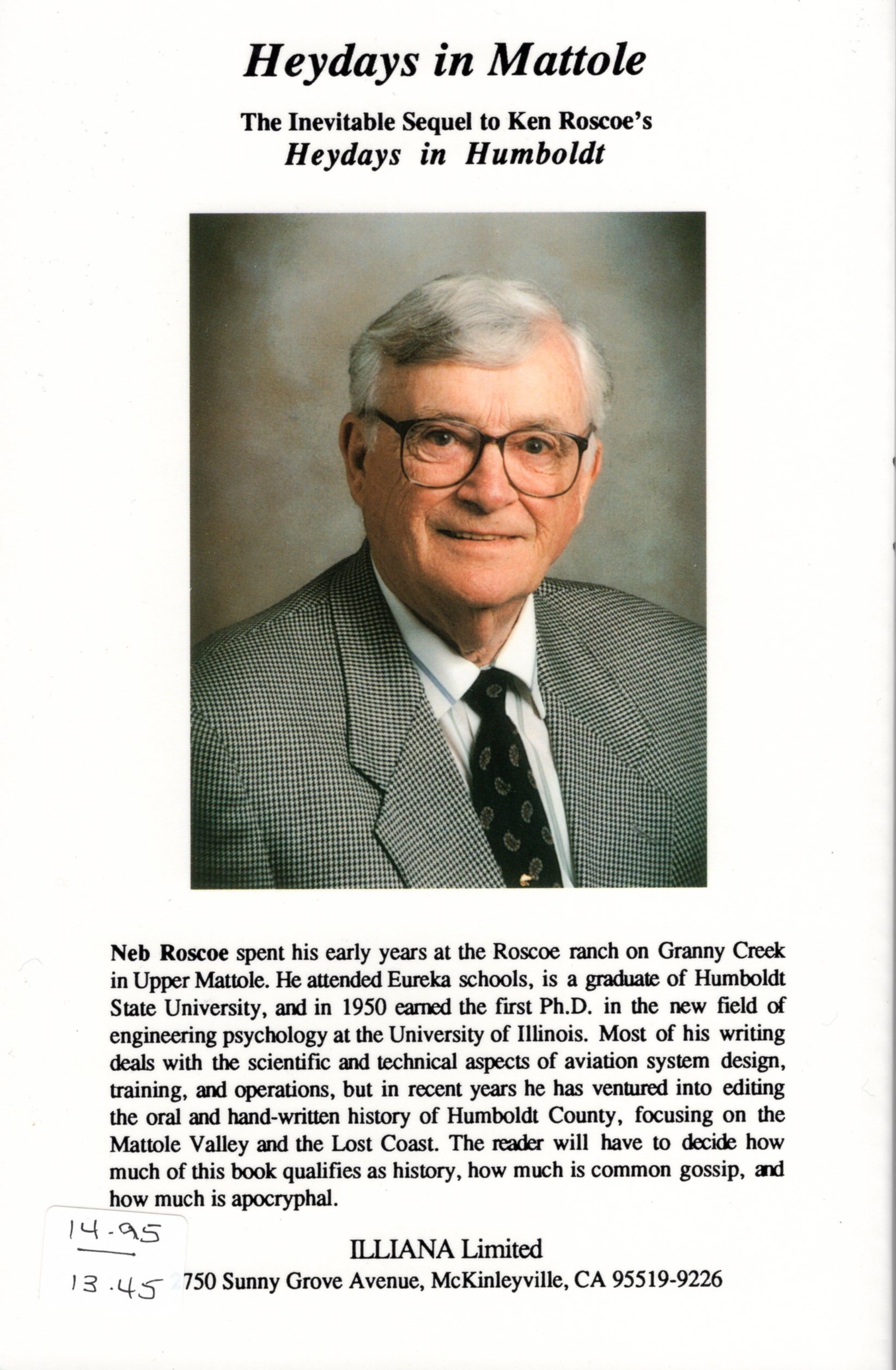Little White Father: Redick McKee on the California Frontier
Little White Father: Redick McKee on the California Frontier
By 21st century P.C. standards the title of one book at the Historical Society bookstore sounds a bit cringy. But Little White Father by Ray Raphael is quite the opposite. It tells about the 1850 efforts by Redick McKee, Federal Indian Agent for Northern California, to establish a treaty-based relationship between the indigenous peoples and those taking over their land.
The chapters of this well-researched book outline the stages of McKee's project. A deeply religious man, he was an organizer of several churches, a Sunday school teacher and a successful businessman. He accepted the assignment and left his Virginia home to cross Panama by canoe and mule, then shipped north, eventually making it to Humboldt.
The next chapters, often quoting McKee's writings and others, detail his efforts to negotiate treaties between "The Great White Father in Washington" and the many Northern California tribes. With a naive faith in the basic goodness of man, he scarcely realized how much his efforts were hampered by his ignorance of tribal structures, customs and languages. He felt he had succeeded with his proposal to move tribes off their lands to reservations that they had to share with often hostile tribes, where they could adopt the "civilized" practices of farming and ranching.
The book then follows in great detail how McKee's treaties and hopes for the Indian's future floundered and died under the forces of bureaucracy, politics, personal animosities and greed of the settlers and miners already flooding into California and then the cultural and physical genocide that followed.
The author also scrutinizes McKee himself, his flaws and strengths, but the well documented picture presented in this book does make one wonder why there are not more volumes detailing this pivotal period of our history. We should be grateful that this book, cringy title or not, is there.








